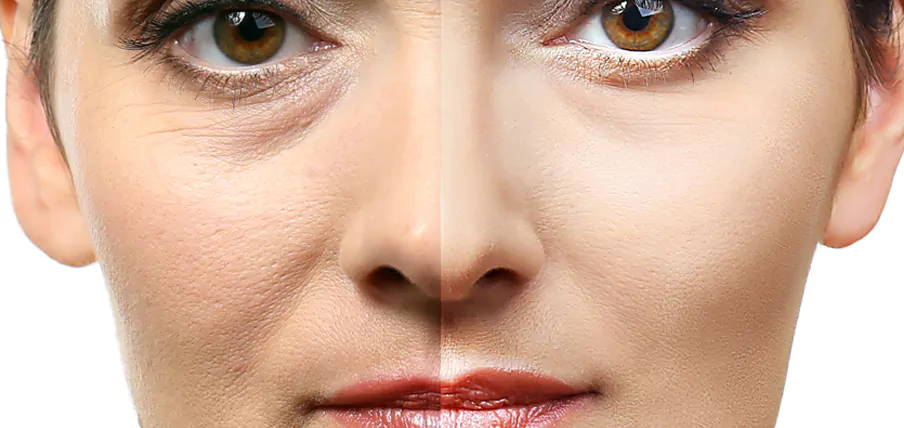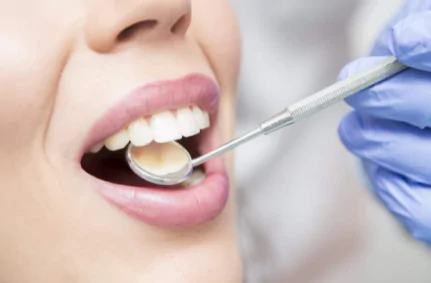Common Conditions Misdiagnosed as Pink Eye (Conjunctivitis): A Comprehensive Look

In the vast world of ocular health, pink eye, known medically as conjunctivitis, is one of the most frequently encountered conditions. Despite its prevalence, it’s often misdiagnosed due to its common symptoms with other eye conditions. This comprehensive guide will dive into the conditions commonly misdiagnosed as pink eye, enhancing your understanding and empowering you to seek the most appropriate treatment.
Introduction to Conjunctivitis (Pink Eye)
Pink eye is an inflammatory condition that affects the conjunctiva, the clear, thin tissue covering the white part of the eye and the inner surface of the eyelids. Its prominent symptoms include redness, itching, tearing, and a sandy or gritty feeling in the eyes.
Common Misdiagnoses of Pink Eye
Allergic Conjunctivitis
Allergic conjunctivitis often mimics the symptoms of bacterial or viral conjunctivitis. It usually affects both eyes, leading to itching, redness, and watery discharge. However, unlike pink eye, it’s typically accompanied by other signs of allergies such as sneezing, itchy nose, or scratchy throat.
Dry Eye Syndrome
Dry eye syndrome, characterized by insufficient tear production or poor tear quality, can also be mistaken for pink eye. Symptoms include redness, burning, and a foreign body sensation – features similarly seen in pink eye. An important distinction is that dry eye syndrome often causes a stinging sensation and blurry vision, which are less common in pink eye.
Blepharitis
This chronic inflammation of the eyelids often mirrors pink eye symptoms like redness, tearing, and a gritty sensation. Blepharitis, though, involves inflammation of the eyelid margins, where the eyelashes grow, leading to symptoms such as crusty eyelashes, particularly upon waking.
Corneal Abrasion
A scratch or injury to the cornea, known as corneal abrasion, can produce similar symptoms to pink eye, including redness, tearing, and sensitivity to light. The pain or discomfort with corneal abrasion, however, is typically more intense than that experienced with pink eye.
Subconjunctival Hemorrhage
Subconjunctival hemorrhage is a condition where a small blood vessel under the conjunctiva leaks, causing a bright red patch on the white of the eye. It can be mistaken for pink eye due to the redness, but it typically causes no pain or changes in vision.
Distinguishing Pink Eye from Other Conditions
Now that we’ve shed some light on conditions often misdiagnosed as pink eye, let’s further explore the unique characteristics of these ailments, and how they differentiate from pink eye.
Keratitis
Keratitis, an inflammation or infection of the cornea, can easily be mistaken for pink eye. It can cause symptoms such as redness, pain, excess tearing, and discharge. Unlike pink eye, keratitis often comes with blurred vision and intense sensitivity to light. Contact lens wearers are particularly prone to keratitis.
Uveitis
Uveitis refers to inflammation of the uvea, which includes the iris, ciliary body, and choroid. Similar to pink eye, uveitis may cause redness, tearing, and blurred vision. However, uveitis may also cause pain, sensitivity to light, and floaters. If left untreated, uveitis can result in severe eye damage and even vision loss.
Foreign Body in the Eye
The presence of a foreign body in the eye can mirror symptoms of pink eye, such as redness and tearing. If the object scratches the cornea, pain and sensitivity to light may ensue. Distinguishing this condition from pink eye is crucial, as leaving a foreign body in the eye can lead to complications like infection or corneal scarring.
Prevention and Self-Care Measures
Regardless of the condition, maintaining good eye health can help prevent eye disorders. Regularly washing your hands, avoiding touching or rubbing your eyes, and using clean towels and washcloths can limit the spread of infectious agents. For those wearing contact lenses, following proper lens care protocols is crucial. Regular eye exams also help identify any eye conditions early, allowing for timely treatment.
FAQs
1. How can I tell if my pink eye is misdiagnosed?
Professional medical diagnosis is crucial, as it can be hard to distinguish pink eye from other similar conditions. If your symptoms persist or worsen despite treatment, consult an eye care professional for a second opinion.
2. What should I do if I think my pink eye diagnosis is incorrect?
If you believe your diagnosis may be incorrect, schedule an appointment with an ophthalmologist or optometrist. They can perform a detailed examination and guide you towards the appropriate treatment.
3. How are these conditions treated differently from pink eye?
Treatment varies based on the specific condition. For instance, allergic conjunctivitis often responds well to antihistamines and avoidance of the allergen, while dry eye syndrome might require artificial tears or medicated eye drops. Always follow your healthcare provider’s guidance.
4. Can these conditions lead to serious complications if misdiagnosed?
Some eye conditions can lead to more severe problems if left untreated or misdiagnosed. For example, untreated dry eye can cause eye infections, corneal ulcers, and even vision loss in severe cases.
5. How long do the symptoms last for these conditions compared to pink eye?
The duration of symptoms can vary widely and often depends on the underlying condition and its severity. For example, pink eye usually resolves within a week or two, whereas conditions like dry eye syndrome or blepharitis may persist longer and require ongoing management.
6. Can lifestyle changes help manage these conditions?
Yes, lifestyle changes such as staying hydrated, reducing screen time, and maintaining a balanced diet rich in omega-3 fatty acids can help manage conditions like dry eye syndrome. However, these changes should be considered complementary to professional medical treatment.
7. How often should I get my eyes checked?
The American Academy of Ophthalmology recommends adults with no signs or risk factors for eye disease get a baseline eye examination at age 40. After that, follow the recommended examination schedule by your ophthalmologist based on your individual health conditions.
In conclusion, while pink eye is a common diagnosis for eye discomfort, it’s crucial to be aware that other conditions may exhibit similar symptoms. Getting a correct diagnosis is essential for effective treatment and preventing potential complications. Always seek professional medical advice if you’re experiencing eye discomfort or visual changes.





